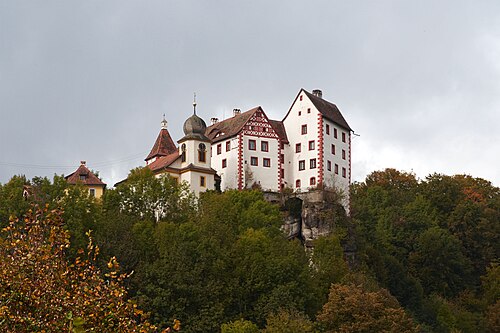Bavaria is home to some of the most enchanting castles in Europe, each telling a unique story of medieval power, royal romance, and architectural brilliance. From fairy-tale towers rising above alpine forests to vast strongholds overlooking picturesque lakes, the region offers unforgettable experiences for history lovers, architecture enthusiasts, and travelers seeking immersive cultural sites. The top ten castles to visit in Bavaria, Germany are more than just historical monuments — they are living landmarks that showcase the legacy of Bavarian royalty, the craftsmanship of ancient builders, and the natural beauty surrounding southern Germany.
Among these top Bavarian castles are iconic landmarks like Neuschwanstein Castle, famous for inspiring Disney’s Cinderella Castle, and Hohenschwangau Castle, where King Ludwig II spent his childhood. Others include hidden gems nestled in lesser-known villages, offering a quiet and authentic look at the region’s feudal past. Whether exploring gothic stone halls, baroque courtyards, or panoramic towers, visitors are guaranteed to encounter a mix of legend, elegance, and dramatic landscapes.
The Top Ten Castles To Visit In Bavaria, Germany
10. Plassenburg Castle, Kulmbach

Perched above the town of Kulmbach, Plassenburg Castle is a striking blend of Renaissance elegance and medieval strength. First documented in 1135, it became the seat of the Franconian branch of the Hohenzollern family from the mid‑14th century onwards. Destroyed in the Margravian War, it was rebuilt between 1557 and 1791 into a four‑winged palace complete with bastions, richly decorated arcaded courtyard, and imposing ramparts. Within the walls today, four museums reveal Prussian military artifacts, the history of the local rulers, and regional culture. Visitors stroll through the “beautiful courtyard,” explore margravial rooms, and view special exhibitions often hosted under vaulted halls. Set high above Kulmbach, the castle offers sweeping views and a historical atmosphere that combines architectural splendor with fortress function. This makes it a top destination for anyone seeking Renaissance palace architecture and cultural museums in Bavaria.
9. Burghausen Castle, Burghausen
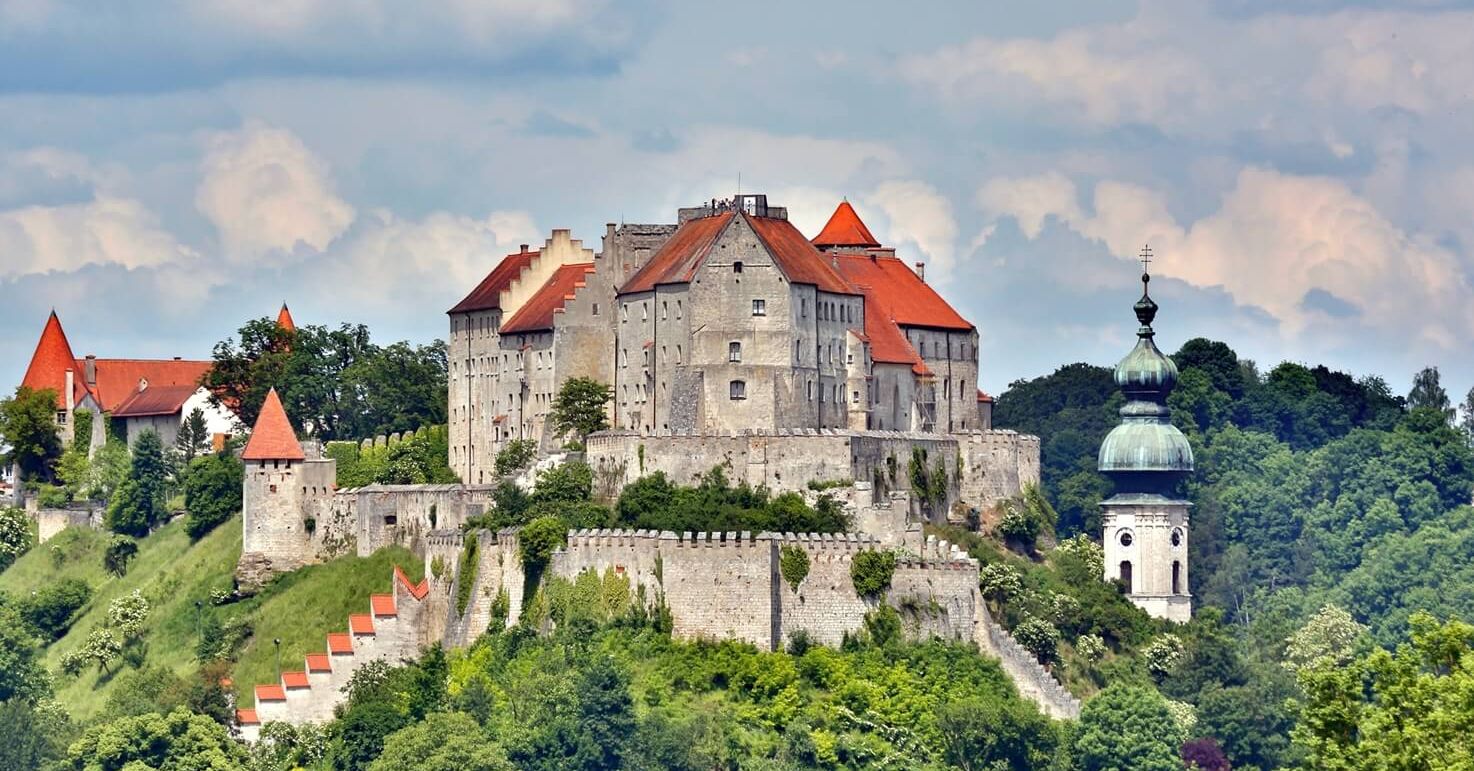
Stretching over a kilometre on a narrow ridge between the Salzach River and Lake Wöhrsee, Burghausen Castle holds the title as the longest castle complex in the world. Its origins date back before 1025, with significant expansion under the Wittelsbach dukes from the 13th through 15th centuries. The castle served as the second residence for Lower Bavarian dukes and guarded ducal treasures. The complex includes six historic courtyards, each formerly protected by moats, drawbridges, and towers. Today, its nearly intact fortifications host museums focused on local art, medieval torture instruments, and ducal life. Visitors enjoy panoramic views from ramparts, a rooftop photography gallery, and medieval festivals offering concerts and reenactments. With its authentic atmosphere and preserved architecture, Burghausen stands as a medieval gem and scenic highlight of Bavaria.
8. Imperial Castle of Nuremberg (Kaiserburg)
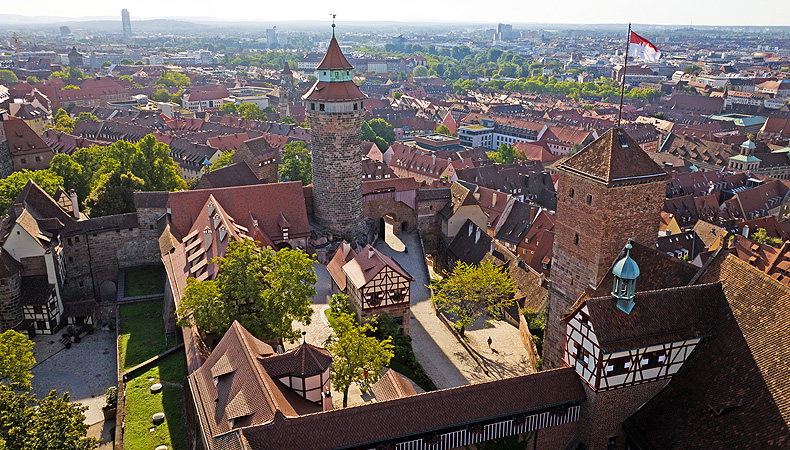
Dominating Nuremberg’s skyline atop a sandstone ridge, this fortified complex was one of the most important imperial residences of the Holy Roman Empire. Built under the Hohenstaufen dynasty and later administered by the Hohenzollerns, the castle served as a secure site for emperors across centuries. The Romanesque double chapel, dating from around 1200, remains a rare architectural treasure. Visitors can walk through the medieval halls, palas, and chapel, explore the exhibition “Emperor Empire City,” or climb the Sinwell Tower for panoramic views. The deep well, nearly 50 meters deep, and the castle museum housed in the kemenate, reveal the ingenuity and authority of imperial power. As a symbol of German medieval heritage, this castle remains a must-visit for royal architecture and history lovers exploring Bavaria.
7. Nymphenburg Palace, Munich
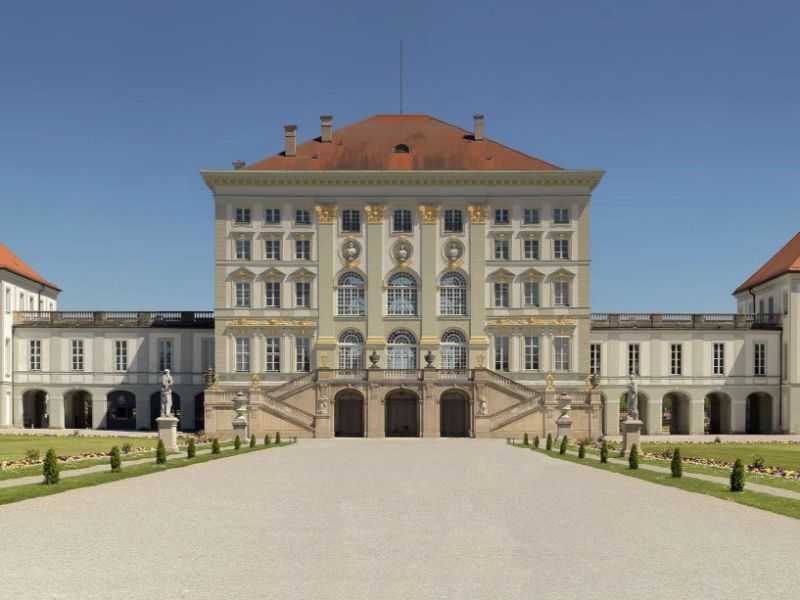
Commissioned in 1664 by Elector Ferdinand Maria and Henriette Adelaide of Savoy, Nymphenburg Palace was designed as a summer residence and gradually expanded into a sprawling Baroque complex. Located just outside Munich, it features an impressive combination of pavilions, courtyards, fountains, and galleries. The palace houses several museums, including the Nymphenburg Porcelain Museum, the Marstallmuseum of carriages and sleighs, and exhibitions showcasing royal life. Inside, visitors marvel at the Steinerner Saal with ceiling frescoes and Rococo ornamentation. The expansive gardens include French and English styles with manicured lawns, canals, and pavilions like the Amalienburg. Nymphenburg provides a peaceful escape filled with Bavarian court culture and art, offering a glimpse into the grandeur of 17th and 18th-century aristocracy.
6. Egloffstein Castle, Upper Franconia

Egloffstein Castle rises above the scenic Trubach Valley in the Upper Franconia region of Bavaria. Established in the 12th century, it has remained in the hands of the noble von Egloffstein family for more than 800 years. This hilltop fortress is among the few privately owned castles that allow guided tours and even guest stays. While not as globally famous as Neuschwanstein, Egloffstein Castle offers an authentic medieval atmosphere that appeals to visitors seeking off-the-beaten-path destinations in Germany. The structure still features original stone architecture, rustic interiors, and sweeping views over forested hills and valleys. Its strategic location historically served to oversee trade and protect noble lands. Visitors today can explore parts of the castle with advance booking and even stay overnight in historic guest apartments. The area surrounding the castle is ideal for hiking, offering trails, rock formations, and cultural sites. Egloffstein Castle represents Bavarian nobility, deep-rooted family heritage, and a rare chance to connect with genuine medieval architecture in a serene, rural setting.
5. Würzburg Residence, Würzburg
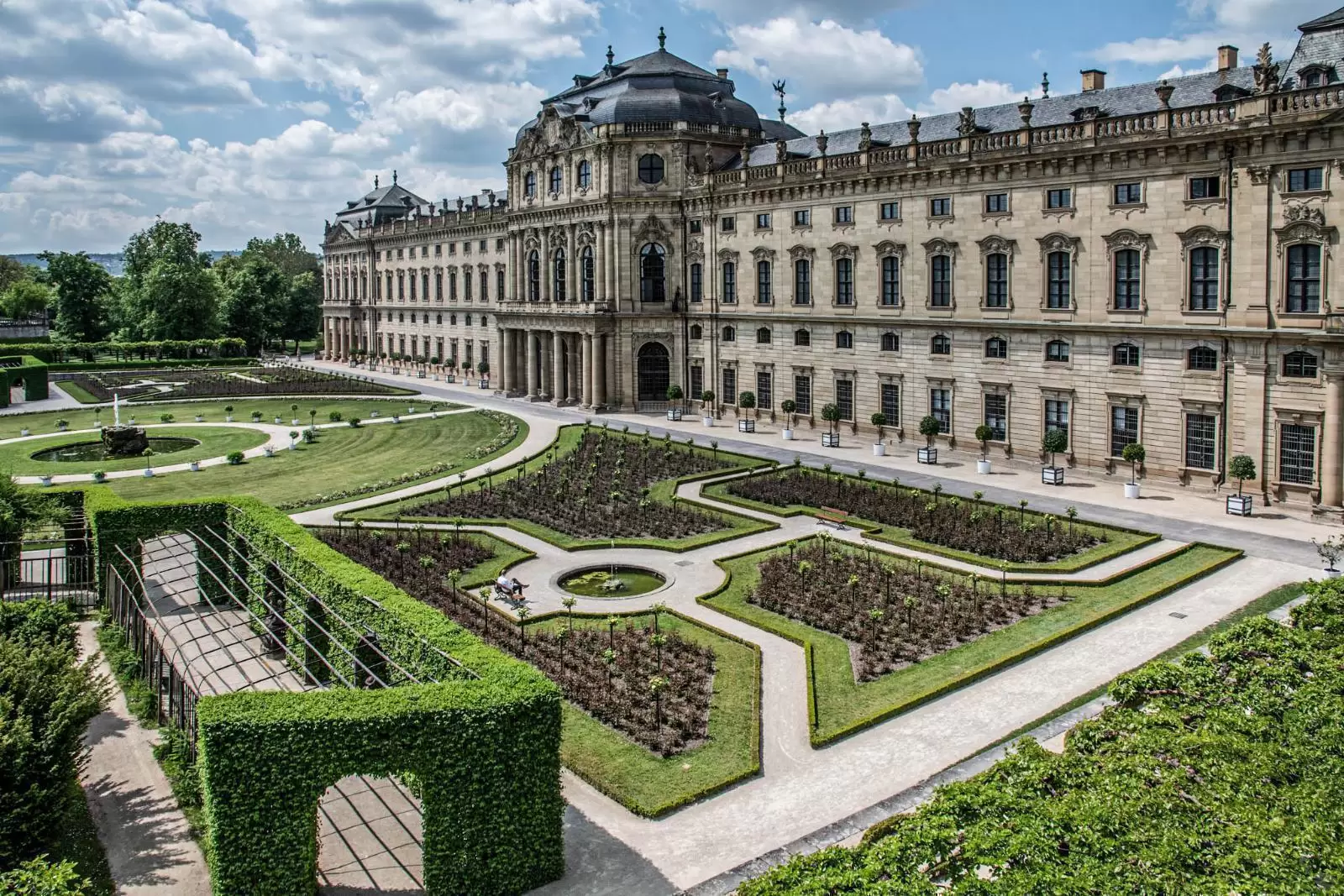
The Würzburg Residence is one of the most magnificent Baroque palaces in Europe and a UNESCO World Heritage Site. Built between 1720 and 1744, it was designed by Balthasar Neumann under the patronage of Prince-Bishop Johann Philipp Franz. It is world-famous for its sweeping staircase and ceiling fresco by Giovanni Battista Tiepolo, the largest of its kind. Inside, rooms such as the White Hall and Imperial Hall impress with elaborate stucco work and paintings. The palace also houses the Court Chapel, designed with vibrant marble and gold accents. Visitors can enjoy audio-guided tours through richly furnished apartments and stroll through the symmetrical gardens filled with sculptures, flowerbeds, and fountains. Though partially destroyed during World War II, the palace was meticulously restored and remains an architectural treasure in Franconia.
4. Linderhof Palace, near Ettal
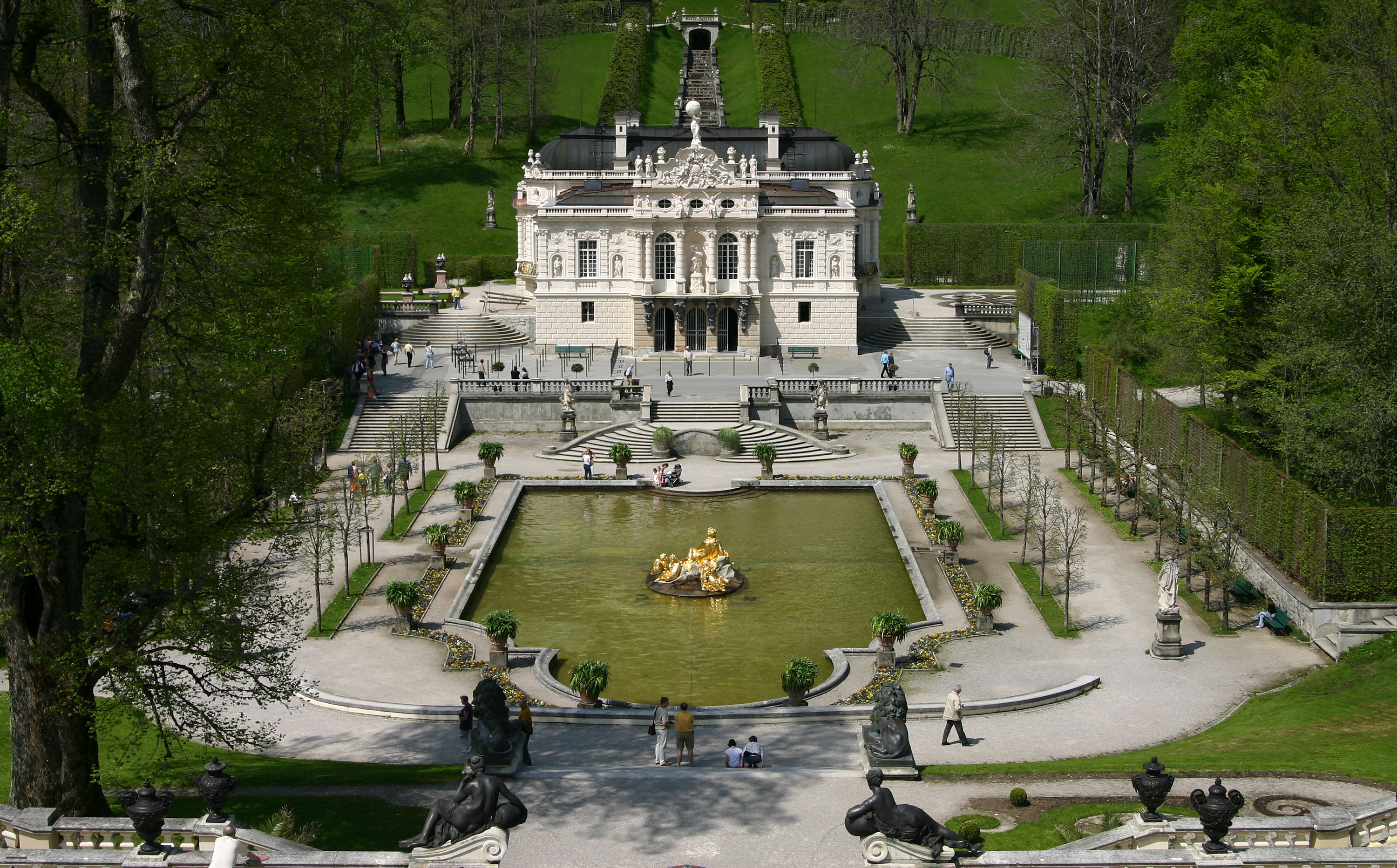
Linderhof Palace, located in the Ammergau Alps, is the only palace that King Ludwig II lived to see completed. Inspired by the French Court of Versailles, it is much smaller in scale but richly decorated. Visitors are struck by the opulent Hall of Mirrors, the King’s bedroom with its elevated bed platform, and the artistic detailing throughout. The grounds include formal terraces, cascading fountains, Moorish pavilions, and even an artificial grotto built for private opera performances. The Venus Grotto, lit with early electricity, is one of the many signs of Ludwig’s fascination with theatricality and romanticism. Unlike other royal homes, Linderhof’s secluded location creates a peaceful and almost mystical atmosphere. It is a perfect blend of imagination, craftsmanship, and royal extravagance, set against a backdrop of forested mountains.
3. Herrenchiemsee Palace, Lake Chiemsee
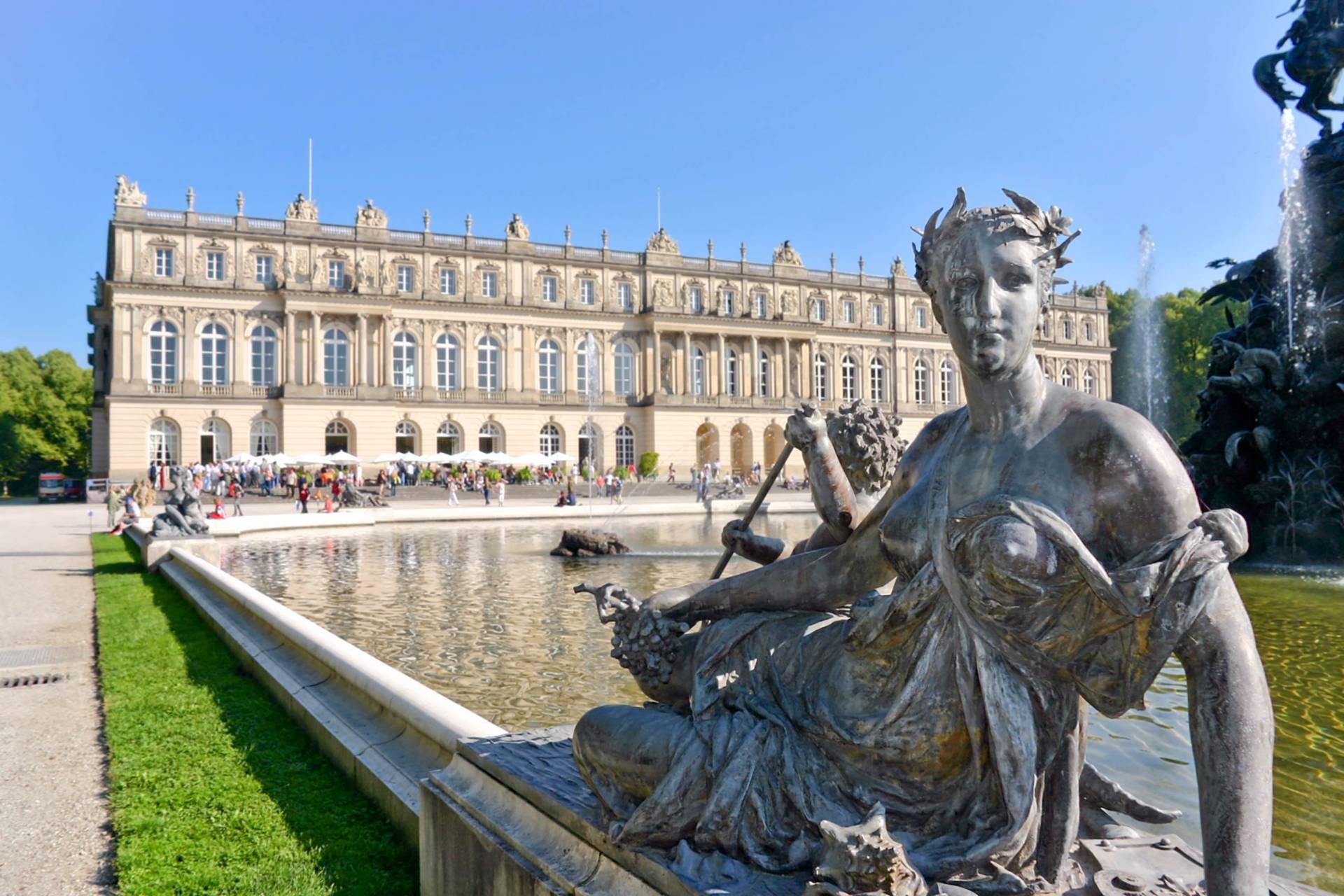
Situated on an island in Lake Chiemsee, Herrenchiemsee Palace is another of Ludwig II’s architectural tributes to French royalty. Intended as a replica of Versailles, the palace was only partially completed before Ludwig’s death. Nonetheless, the finished rooms are spectacular. The Hall of Mirrors glitters with gold, chandeliers, and marble, mirroring Versailles’ grandeur. The King’s apartment is equally lavish, featuring silk walls, handcrafted furniture, and detailed ceiling art. Accessed by ferry, the journey to the island adds to the sense of arrival and wonder. Outside, ornamental gardens follow French designs with geometric hedges, cascading fountains, and symmetrical flower beds. There’s also a museum dedicated to Ludwig II and the Bavarian monarchy. Herrenchiemsee is a true symbol of royal ambition, beauty, and the personal world of a king obsessed with perfection.
2. Hohenschwangau Castle, Schwangau

Built on the ruins of a 12th-century fortress, Hohenschwangau Castle was reconstructed in the 1830s by King Maximilian II. It became the royal family’s summer residence and was where his son, King Ludwig II, spent his youth. The interior is filled with neo-Gothic furnishings, romantic wall paintings, and murals inspired by medieval legends such as Lohengrin and Parsifal. Visitors take guided tours through beautifully preserved chambers including the King’s bedroom, dining room, and music salon. The castle overlooks Lake Alpsee and is surrounded by the Bavarian Alps, offering tranquil views and hiking paths. Hohenschwangau is often overshadowed by nearby Neuschwanstein, but it holds deep historical significance and charm. It provides valuable insight into Ludwig’s upbringing and artistic inspiration and serves as a quieter yet equally enriching stop for travelers exploring Bavaria’s royal heritage.
1. Neuschwanstein Castle, Schwangau
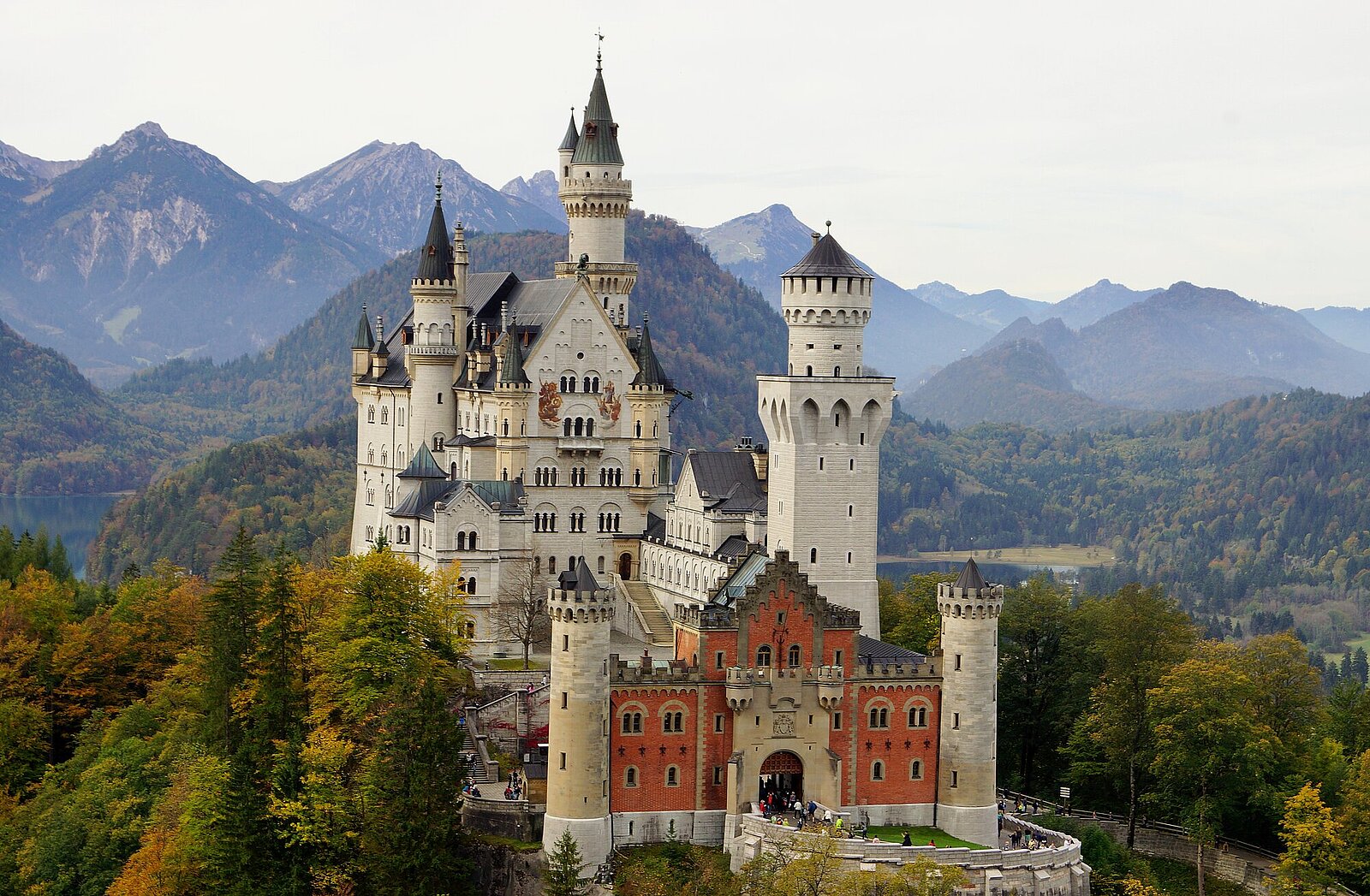
Neuschwanstein Castle is the most iconic and visited castle in Germany, and arguably one of the most recognized in the world. Commissioned by King Ludwig II in 1869 as a tribute to Richard Wagner and medieval romance, it was constructed in Romanesque Revival style with dramatic towers, spires, and cliffside views. Despite its appearance, the interior includes modern features for its time, such as central heating, flushing toilets, and a telephone line. The Throne Hall is particularly striking with its chandelier, blue domed ceiling, and gold accents. The Singers’ Hall pays homage to Wagnerian opera. Although never completed, the castle draws over a million visitors annually and has become a symbol of fantasy and fairy-tale beauty. Located high above the Pöllat Gorge, visitors can walk or take a shuttle up and enjoy panoramic views of lakes, forests, and the Alps. Neuschwanstein’s unforgettable design and story make it the crown jewel of castles in Bavaria.

